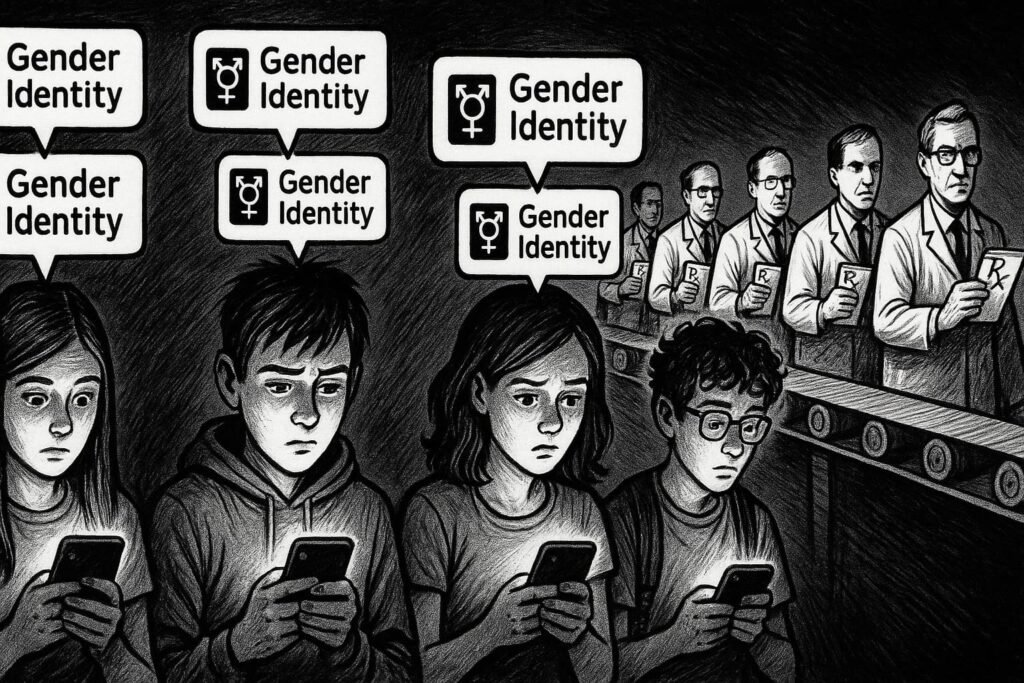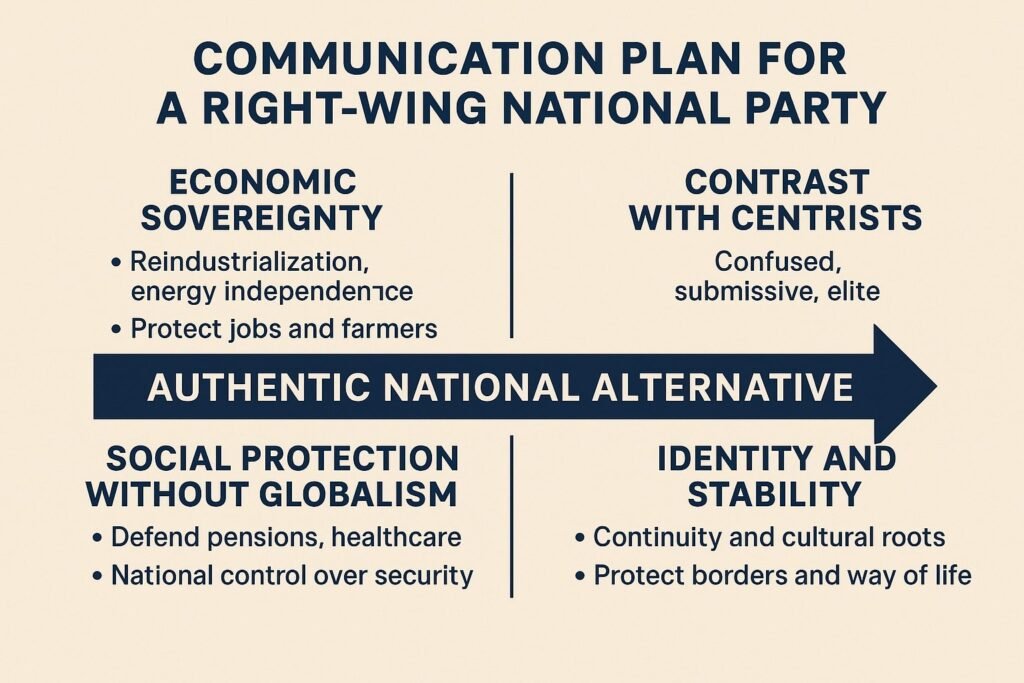Gender Dysphoria Explained – Social Progress or Social Contagion
Freedom of gender expression is sold as a marker of progress. In theory, it’s about letting people live authentically. In practice, something stranger is happening: clusters of teenagers suddenly declaring gender distress, social media pushing endless identity tutorials, and diagnoses appearing in adolescence where none existed in childhood.
It looks less like liberation — and more like influence.
Table of contents
What Is Gender Dysphoria?
In clinical terms, gender dysphoria describes the distress someone feels when their biological sex and gender identity don’t align. Traditionally, it’s been rare, consistent from early childhood, and deeply rooted.
Today’s picture is different: diagnoses exploding among teens, many with no prior history. Instead of a lifelong condition, it often seems to “appear” suddenly.
How It Shows Up in Practice
1. Social Clusters
Friend groups where two, three, or more adolescents all “realise” they are transgender around the same time. Historically, this was unheard of. Now, it’s common enough that researchers raise eyebrows.
2. Social Media as Teacher and Trigger
TikTok, YouTube, Instagram — endless guides on “how to know you’re trans,” complete with aesthetic cues, role models, and community validation. For vulnerable teens, this becomes both instruction manual and support group rolled into one.
3. Adolescent Onset Without Childhood Signs
Traditionally, gender dysphoria began in early childhood. Today, many cases appear in teenagers who never showed distress about gender as kids. This sudden onset suggests something beyond biology.
Who Benefits?
- Social media platforms thrive on engagement — identity crises generate clicks, views, and endless online discussion.
- Activist groups gain new recruits and moral leverage by framing every case as authentic and urgent.
- Medical providers see booming demand for counselling, hormones, and surgeries.
Why It Matters
If gender dysphoria can spread through peer groups and online platforms, then we’re not just talking about individual struggles — we’re watching a social phenomenon. A condition once considered rare and organic now behaves more like a trend.
The danger? Medicalising what could be temporary confusion. What starts as exploration can lock teenagers into life-altering decisions before they fully understand the consequences.
Conclusion
Freedom of gender expression is framed as progress. But when distress over gender shows up in clusters, fuelled by social media, and diagnosed in teens without childhood history, it looks suspiciously like social contagion.
Progress, maybe. Influence, definitely.
FAQ
Is gender dysphoria real?
Yes — but today’s sudden, clustered cases suggest social influence plays a role.
Why do social media platforms matter?
Because they provide both the script (“signs you might be trans”) and the applause.
Are all adolescents with gender dysphoria influenced by peers?
Not all — but the trend shows strong social clustering that can’t be ignored.
What’s the risk?
That temporary confusion gets treated as permanent identity, with irreversible interventions.



